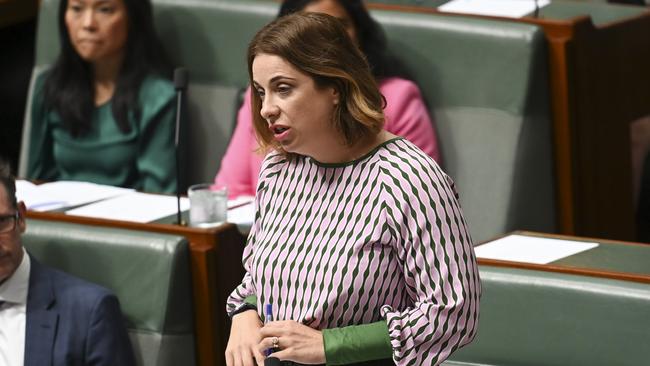
As its chair, Wells now owns the report’s commentary and the recommendations that have gone to her government.
But there are both budget and political hurdles that must be jumped.
While the report focuses on promoting more financial co-contributions from wealthier older Australians, including many over-85s still with hefty superannuation balances, it also says the aged-care sector’s concerning financial state requires more money from the government.
“To ensure the aged-care sector can meet increasing demand and community expectations, further investment from government and participants is needed in the home and residential care sectors,” the report states.
In other words, the government must accept more budget pain to address the quality of care concerns flagged in the report at a time when other ministers have their hands out to Jim Chalmers. Just how much budget pain isn’t made clear in the report.
Last year’s federal budget included an additional $11.3bn over four years to cover 15 per cent wage rises to many aged-care workers, and there was more money for personal care for each aged-care resident under a new funding formula.
But this won’t drive any greater sustainability in the sector over the long term, as the money flows into workers’ pockets and direct care services.
Most residential aged-care providers are operating at a loss.
And there is some political risk too.
First, in telling older Australians, no matter how well off, that they will be asked to pay for things others haven’t previously. That said, surveys consistently show most people are willing to put their hand in their pocket for better care.
And second, that the government may not accept aspects of the report, or some of the recommendations of the task force Wells chaired.
It is telling that the government has had the report since December 19 but didn’t provide its response at the same time as its release on Monday.
It is telling that the report is pretty light on detail about the levels of co-contributions needed, or the thresholds at which they start.
It is also significant that the statement put out by Wells to accompany the report highlighted what the taskforce didn’t recommend – an aged-care levy – and what the government won’t do, namely impose such a levy or change the rules around the treatment of the family home in calculating aged-care entitlements, before it mentioned what it did do.
It is also telling Wells, as minister, didn’t say when the government would respond.
Aged care is an expensive and complicated social welfare program, and securing change is difficult. The recommendations outlined in the taskforce report are worth fighting for and Wells, whichever hat she is wearing, chair or minister, must be primed for battle.







Aged Care Minister Anika Wells has a lot riding on turning her taskforce’s report into meaningful change.